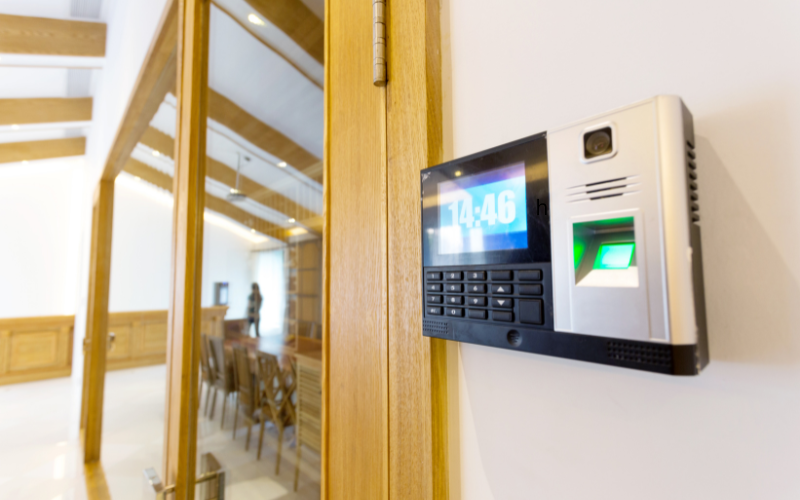
Company
8th May 2025
Understanding the Different Types of Access Control Systems
Access control systems are a fundamental part of any organization’s security strategy, providing a way to regulate who can enter certain areas or access specific information. However, not all access control systems are the same. This blog will help you understand the various types of access control systems, their advantages, and how to choose the right one for your organization.
What is Access Control?
Access control is a security technique that restricts unauthorized individuals from entering secured areas or accessing sensitive information. It ensures that only authorized users can gain entry, improving overall security and minimizing the risk of data breaches.
Types of Access Control Systems
1) Discretionary Access Control (DAC)
- Definition: In DAC, the owner of the resource has full control over who can access it.
- Advantages: Flexible and easy to manage.
- Disadvantages: Less secure as unauthorized access can occur if user permissions are not carefully managed.
2) Mandatory Access Control (MAC)
- Definition: Access permissions are determined by a central authority based on security labels assigned to users and resources.
- Advantages: Highly secure and suited for government or military environments.
- Disadvantages: Less flexible and can be complex to manage.
3) Role-Based Access Control (RBAC)
- Definition: Access is determined by the user’s role within the organization.
- Advantages: Simplifies management for large organizations.
- Disadvantages: Requires careful role definition to avoid over-permission.
4) Attribute-Based Access Control (ABAC)
- Definition: Access is granted based on attributes or characteristics of the user (such as job title, department, location, or time).
- Advantages: Extremely flexible and customizable.
- Disadvantages: Requires careful role definition to avoid over-permission.
Choosing the Right Access Control System
- Security Needs: Choose a system that matches the sensitivity of the areas you want to protect.
- Scalability: Ensure the system can grow with your organization.
- Compliance Requirements: Make sure the system meets any regulatory requirements for your industry.
- User Management: Consider how easy it is to add or remove users.
Understanding the different types of access control systems is essential for making informed decisions about your organization’s security. Each type has its strengths and weaknesses, so carefully evaluate your security needs and choose the system that best fits your requirements.
